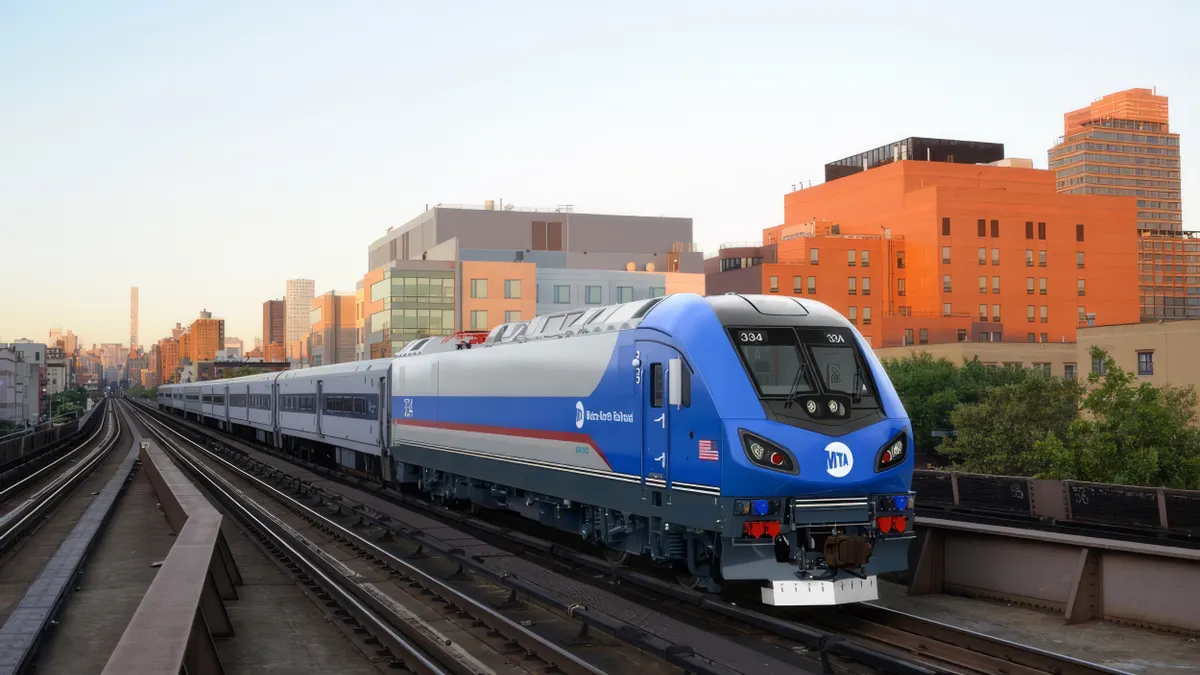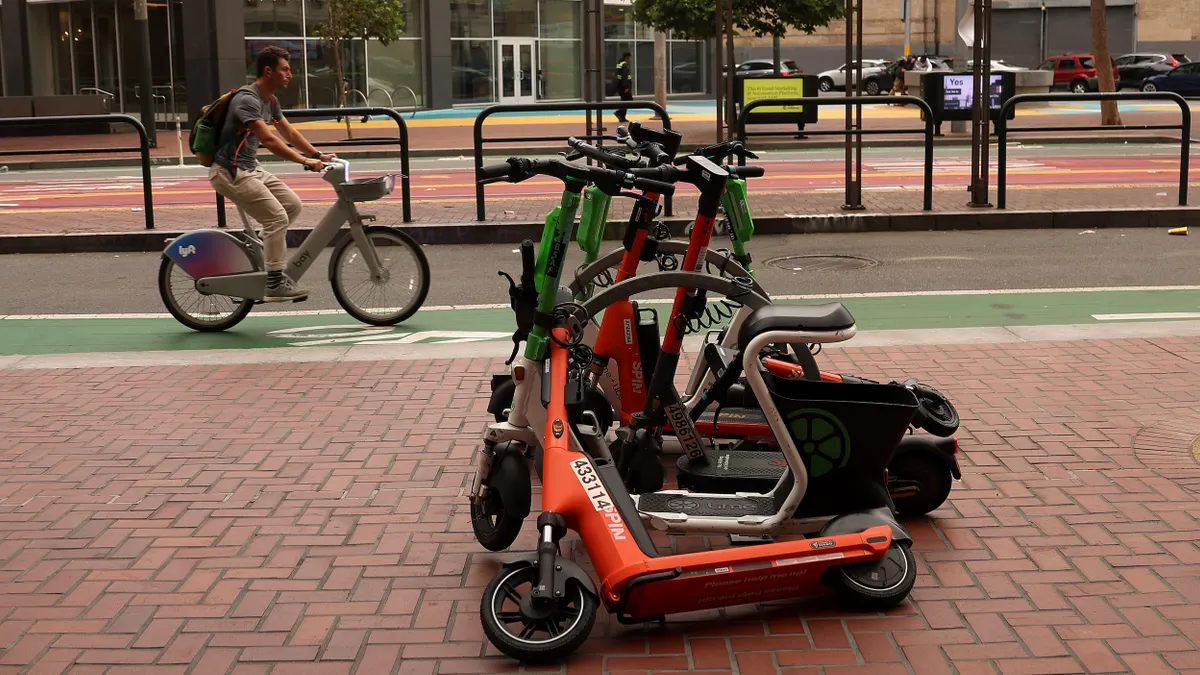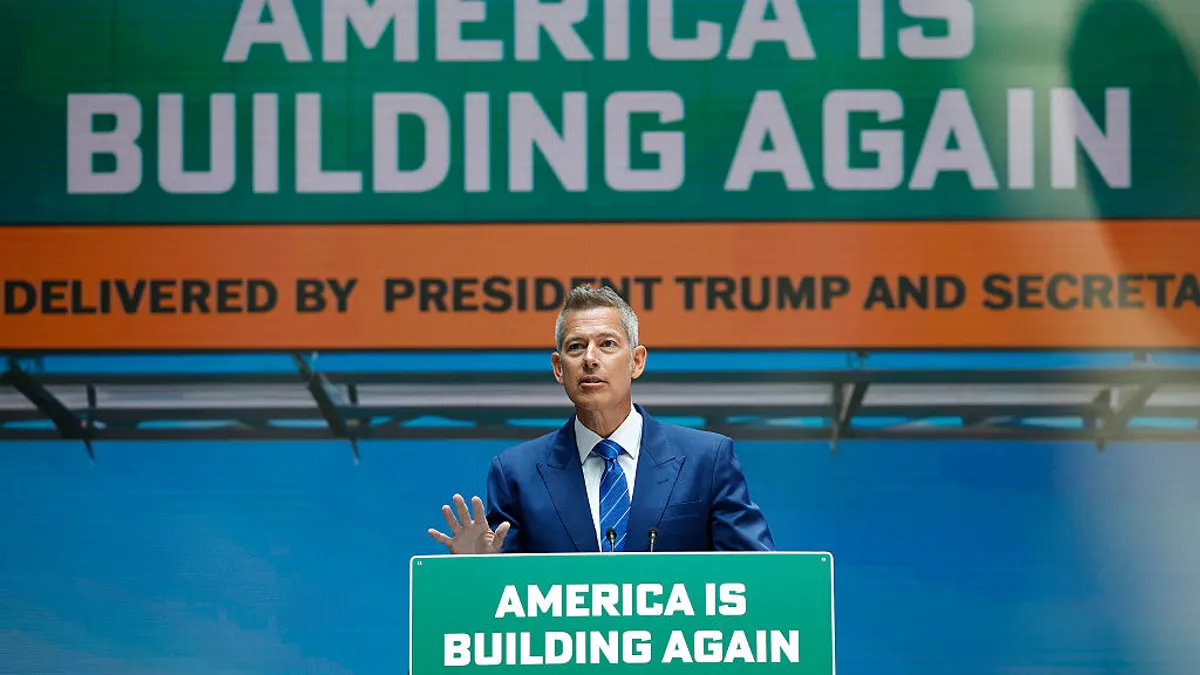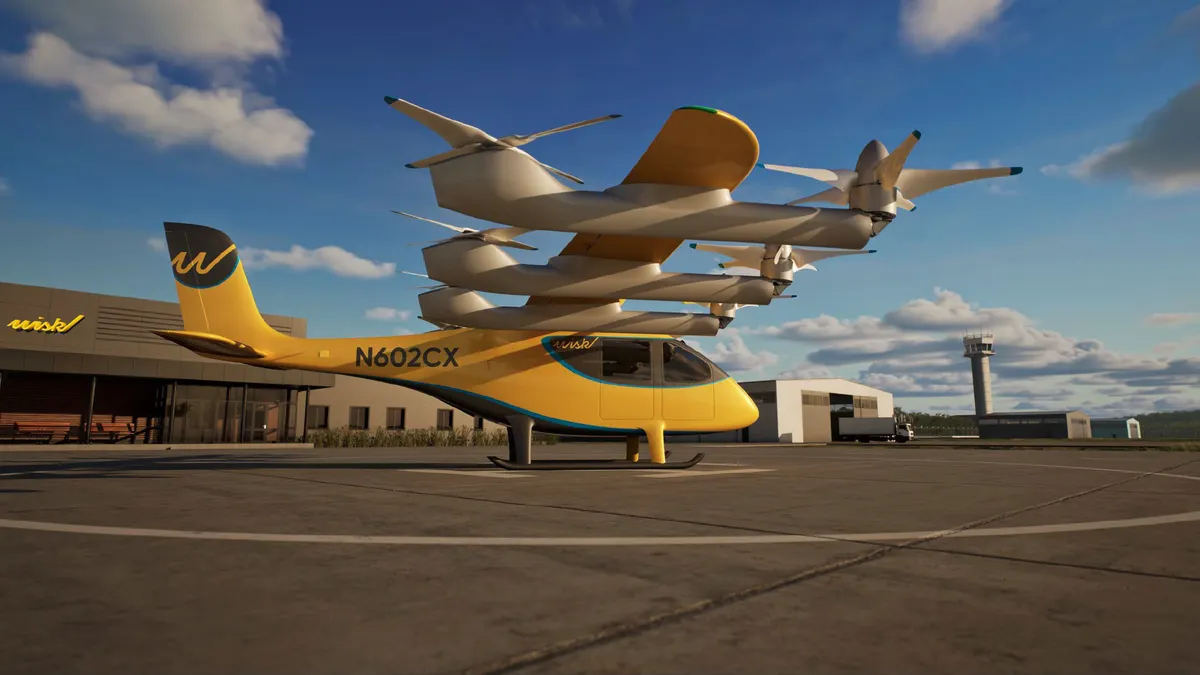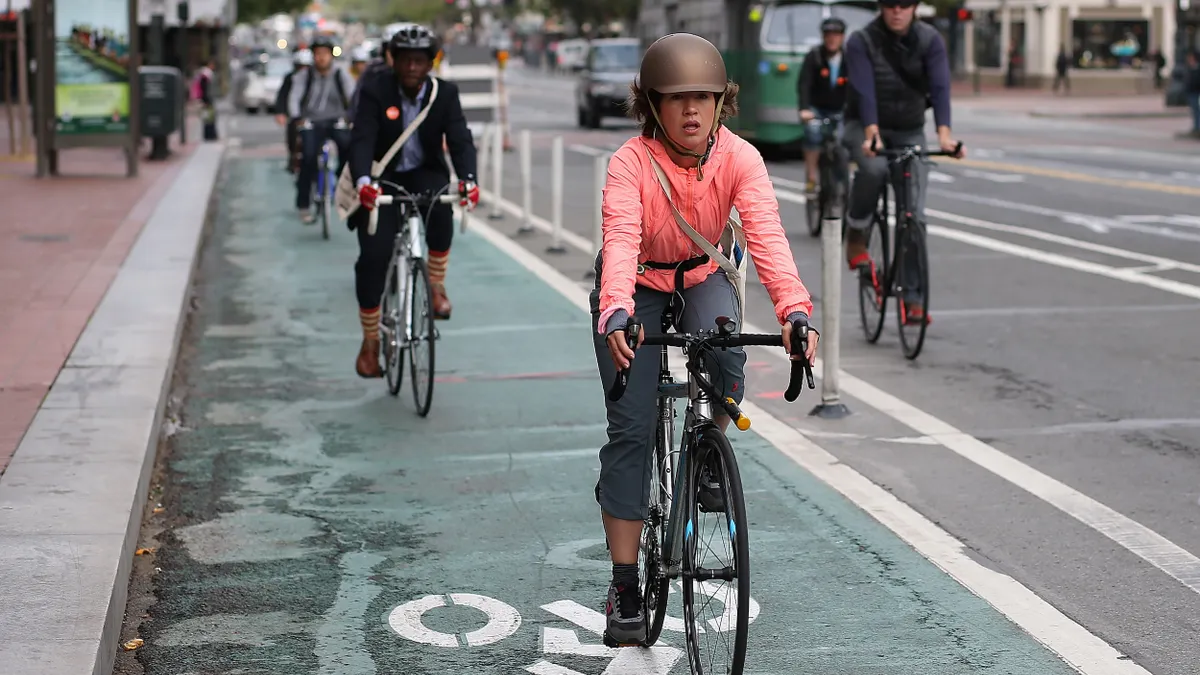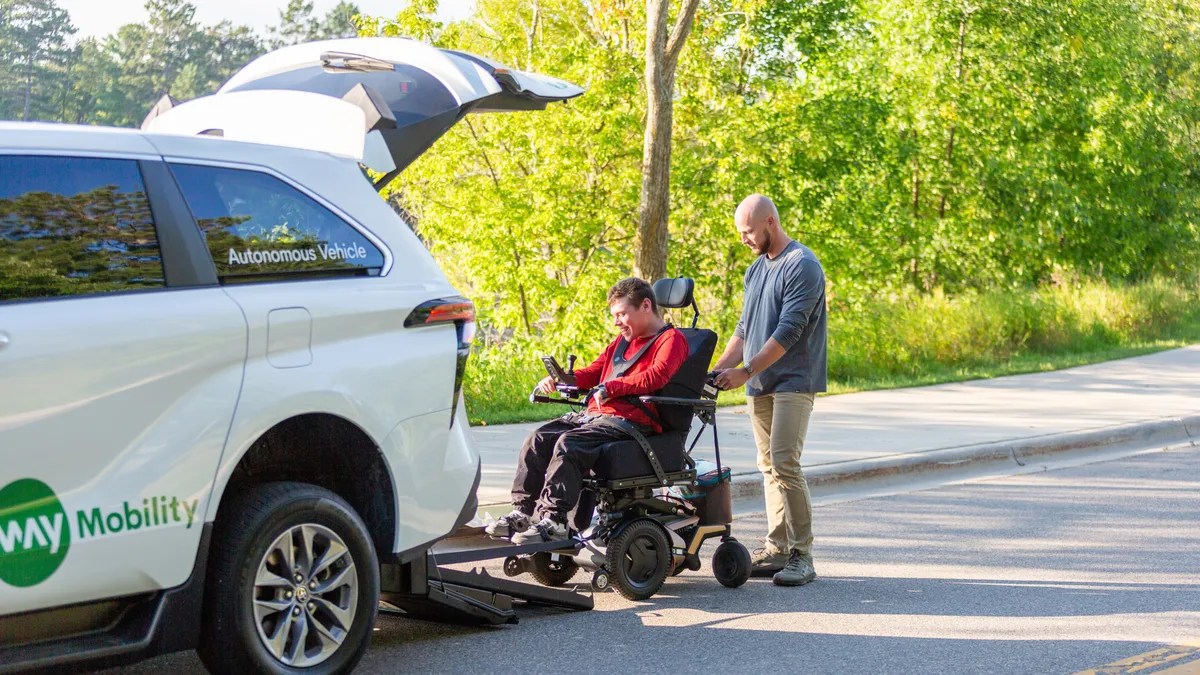Editor's Note: The following is a guest post from Jordan Justus, co-founder and CEO of Automotus.
Chaotic curb space has plagued cities for some time, but recent years have brought a new wave of chaos that requires a fundamentally different approach to managing the curb.
Curbside demand has historically been amplified by passenger vehicles with roughly the same needs: longer term parking, ideally near drivers' destinations. An increase of drivers searching for parking over the years has led to unmet demand and increased urban traffic. Cities have managed these problems through two main strategies: planning (policy-making, pricing and investment) and operations (payment, enforcement and sharing data with drivers).
Planning has always required on-the-ground data, whether from an engineering firm study or available payment and vehicle movement data. Operations have evolved from a parking meter to mobile apps and mobile license plate recognition (LPR), enabling more efficient payment and enforcement.
Unfortunately, the changes we're now seeing in curbside demand — particularly from ride-hailing, e-commerce and new mobility offerings — will make current planning and operation methods obsolete. While cities around the world are experiencing dramatic increases in curbside demand, the real challenge and opportunity lies in the increased curb complexity.
More billable drivers & conflicting needs
Delivery and ride-hailing services have been around for over a decade, and their presence continues to grow rapidly. Unlike passenger vehicles with longer-term parking needs and loose requirements for spot location, these vehicles require short-term, location-specific curb space — which creates an inherent conflict.
Most everyone who has driven on a busy city street has experienced the inconvenience of an Uber or Lyft dangerously blocking traffic or stealing a parking spot just to pick-up or drop-off a passenger. Likewise, e-commerce delivery trucks that double park or block turn lanes impede traffic flow and pose hazards to both drivers and pedestrians. This unmet curbside demand for commercial vehicles has costly consequences.
Simply adding more commercial loading zones will not solve the problem. Every addition to commercial parking supply means removing inventory from consumer (retail/residential) parking. This is a Catch 22 that requires two new approaches:
- Policies, pricing and plans need to be driven by data on traffic and curb usage, broken down by each form of mobility – passenger vehicles, delivery services, ride hailing, buses, etc.
- Operations need to be made effective for the hyper short-term parking of commercial vehicles.
Planning in the era of the shared curb
The old adage rings true: "you can't manage what you can't measure."
To align policies, planning and pricing with demand, cities must first understand the volume and behavior of each segment of the mobility market.
For starters, here are a few data points that a number of cities look for:
- Average dwell time of ride hailing vehicles & delivery drivers
- Number of commercial vehicles parking in a given area per hour
- Number of double park events per day by vehicle type
- Percentage of drivers searching for parking, broken down by vehicle type (calculated by counting the number of vehicles that pass vacant spot)
Currently, with traditional consumer parking, administrators use violation data and park time data to make sure their policies align with demand and that they are properly communicating (signage) with their drivers. But with cities becoming more efficient in monetizing the curb, we’ll increasingly see dynamic parking spaces accommodating specific vehicle types and scheduling demands.
For instance, when cities see increased ride-hailing at night, it may make sense to set aside curbside areas that provide on-street parking spaces during the day for exclusive nighttime TNC use. During the holidays, when deliveries are skyrocketing, certain areas may dedicate curb space for delivery vehicles during different times of day.
These are the scenarios cities are actively considering for their high-valued curbs. Cities face massive scrutiny whenever they remove public parking, which is why all of these actions must be strongly supported by data to ensure maximum upside and to diligently mitigate any negative impacts to constituent parking.
Reimagining operations with short-term tenants in mind
Enforcement and payment solutions have been designed for long-term residential and retail parking. These solutions are just as critical for commercial parking, but the current methods don’t support the short-term nature of ride hailing and delivery services.
Without effective enforcement, ensuring compliance with any policies aimed at commercial vehicles will be nearly impossible. Loading zones are a great way to keep commercial vehicles from double parking and competing for spaces with consumers, but cities currently collect no revenue on these zones because drivers lack the incentive and convenient means to pay.
As commercial demand grows, cities will increasingly see losses to one of their key sources of revenue unless they begin to implement paid parking for delivery and ride-hailing services. The same goes for when autonomous vehicles begin dropping riders off at the curbside. Cities will need to begin charging vehicles minute-by-minute, but the use of existing payment methods is insufficient and was not designed to support this model.
This is where automation comes in. Enforcement and payment at a minimum will have to be automated to accommodate the increasingly short-term nature of curbside parking. Otherwise, the chaos of unmet demand and noncompliance of policies will snowball into further traffic on the streets.
The path forward
Effectively managing the curb is vital to promoting mobility and reducing time spent in transit. Curb management technology is the key because it allows cities to optimize planning and operations for all forms of mobility, helping them not only to adapt to their shifting mobility landscapes, but also to flourish because of them.
At the end of the day, dynamically managing the modern mobility landscape at the curb will boil down to three things:
- Having complete insight into traffic on the street and at the curb — broken down by modes of mobility
- Automating flexible enforcement processes that are currently too labor-intensive to scale to the short-term parking patterns of commercial drivers
- Providing automated payment processes for commercial drivers to prevent significant revenue losses from growing commercial parking
With these objectives, cities can effectively manage their mobility ecosystem, reduce traffic, increase parking turnover, capture unrealized parking revenue and prepare for the emergence of autonomous vehicles.
It’s true that innovative approaches to modern mobility have driven the latest wave of curbside chaos. On-demand rides, on-demand delivery, and an abundance of shared vehicles have made many of our lives easier and more convenient. They have made cities more accessible, but at the same time more congested, demanding more complex curb and traffic management.
By focusing on dynamic and flexible curb management strategies and regulations, smart cities are rising to the challenge. Those that seize the opportunity to harness powerful video analytics and AI tools to inform policy, reduce congestion and streamline revenue capture will be the ones to pull ahead.







